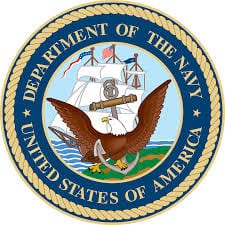
The U.S. Navy’s FY ’19 budget request and 30-year shipbuilding plan expects to have 34 additional ships in the inventory by FY 2023, but the service’s goal of reaching 355 ships extends into the 2050s at current rates if shipbuilding remains stable.The service currently fields 280 deployable battle force ships and submarines with about 91 deployed as of today, including forward deployed vessels.The FY ’19 Future Years Defense Program (FYDP) covering the next five fiscal years, plans to build 54…

 By
By 











